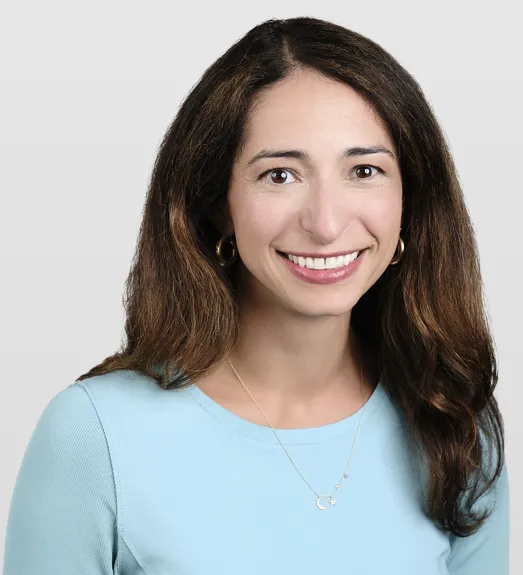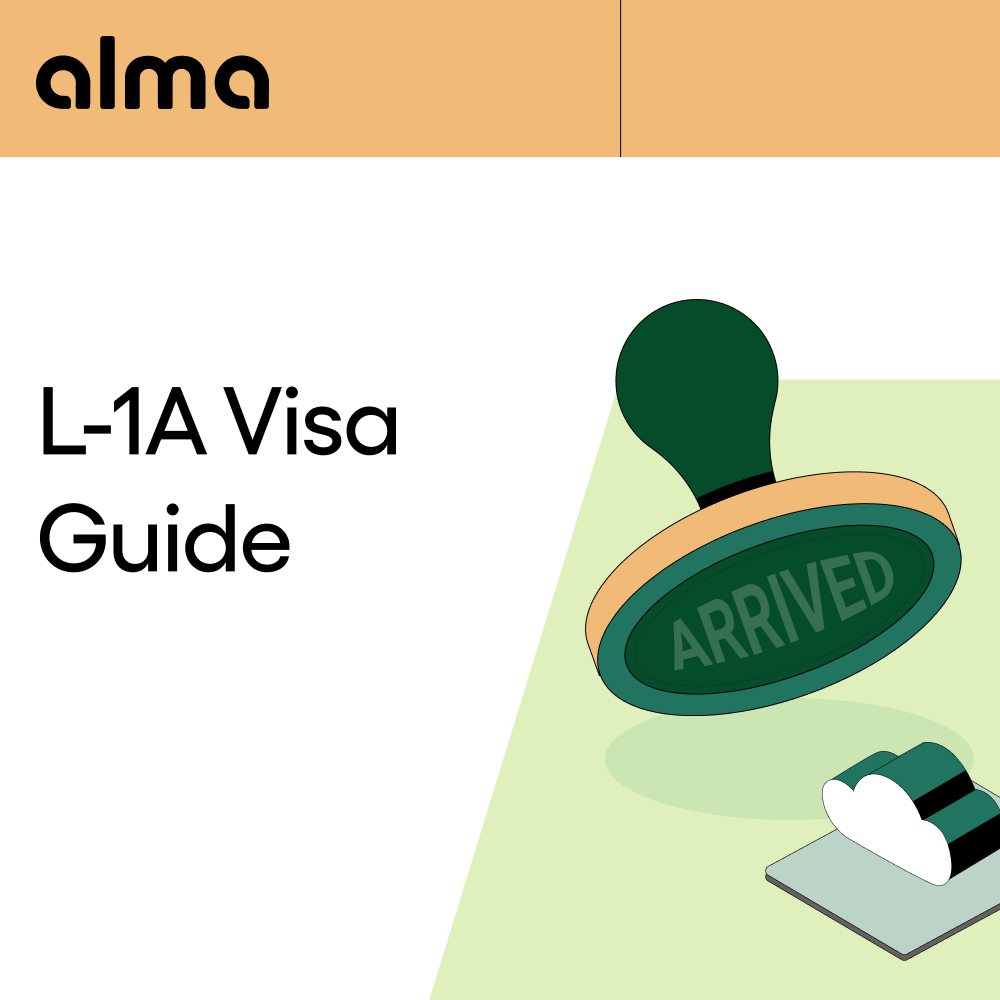- Sergey Brin arrived in the United States as a six-year-old refugee in 1979, fleeing Soviet anti-Semitism that systematically excluded Jewish students from prestigious universities through deliberately impossible entrance examinations
- The family's successful resettlement depended on organizational support from HIAS, community loans, and stable legal status that allowed both parents to secure professional positions
- Brin's educational trajectory—from struggling with English in elementary school to earning an NSF fellowship at Stanford—mirrors the modern F-1 to OPT to employment-based visa pathway used by today's immigrant founders
- Google generated $307.4 billion in revenue (2023) and employed over 182,500 people globally, demonstrating the economic multiplier effect of successful refugee integration
- The Brin family contributed nearly $57 million to the University of Maryland and $50 million to Parkinson's research
- Soviet Jewish emigration peaked at 51,000 people in 1979 before dropping to 9,447 by 1981, highlighting how refugee windows close abruptly due to geopolitical tensions
- Modern immigrant entrepreneurs lack the dedicated founder visa Brin's era didn't need—today's exceptional talent relies on O-1, EB-1A, and EB-2 NIW pathways to achieve similar outcomes
From Soviet refugee to Google co-founder, Sergey Brin's path illustrates how the right immigration infrastructure transforms persecution into innovation. The Brin family fled Moscow in 1979 after enduring systematic anti-Semitism—then built one of the world's most valuable companies. Today's founders and researchers facing similar journeys need expert guidance through complex visa pathways; immigration services for individuals combine attorney-led strategy with technology-enabled support to help exceptional talent secure legal status with speed and certainty.
Who Is Sergey Brin? Background and Early Life in the Soviet Union
Born in Moscow in 1973, Sergey Brin grew up in a household defined by mathematical brilliance constrained by institutional persecution. His father Michael Brin earned an honors degree from Moscow State University's Faculty of Mechanics and Mathematics—one of the world's premier institutions—yet faced career limitations solely because of his Jewish identity marked on the notorious "fifth line" of Soviet internal passports.
The discrimination Sergey's parents endured wasn't subtle. Jewish applicants to Moscow State University's mathematics program were tested in separate rooms—grimly nicknamed "gas chambers"—and subjected to deliberately impossible questions designed to exclude them from admission.
Michael Brin managed to complete his degree only with help from well-connected family friends. His wife Eugenia, despite her qualifications, was forced to work at the Soviet Oil and Gas Institute rather than more prestigious research positions. This systematic exclusion created an impossible environment for ambitious families who valued education and intellectual achievement.
The Refusenik Movement and Exit Visas
By the late 1970s, international pressure had forced the Soviet Union to grant limited exit visas to Jewish citizens. Between 1970 and 1988, approximately 291,000 Soviet Jews and their relatives received exit visas—but the process carried severe consequences. Applying for an exit visa typically resulted in immediate termination of employment and social ostracism, with many applicants becoming "refuseniks" whose requests were denied indefinitely.
The Brin family applied in September 1978 and waited eight months before receiving approval in May 1979. Michael Brin was "promptly fired" from his position the moment he applied, leaving the family in unemployment uncertainty while they waited for a decision that might never come.
The Brin Family's Path to the United States: Visas, Sponsorship, and Resettlement
When approval finally arrived in 1979, the Brins joined the peak year of Soviet Jewish emigration—51,000 people fled that year. This window proved temporary; emigration plummeted to 9,447 by 1981 following the Soviet invasion of Afghanistan, trapping hundreds of thousands who applied too late.
The family's journey followed a well-established refugee corridor:
- Vienna, Austria: HIAS representatives met Soviet Jewish refugees at transit points, providing temporary accommodation and coordination
- Paris, France: Intermediate housing while processing travel documents for final destinations
- October 25, 1979: Arrival at Kennedy Airport in New York, where HIAS facilitated reception and transport to Maryland
Role of Jewish Resettlement Organizations
The Hebrew Immigrant Aid Society (HIAS) provided crucial infrastructure that enabled successful integration. The organization also connected families with local Jewish communities who provided employment networks and social support.
HIAS's model demonstrates what effective refugee resettlement requires: financial assistance, housing coordination, employment connections, and community integration support. In 2024, HIAS resettled 8,279 people in the United States and introduced private sponsorship programs, continuing the mission that helped the Brins 45 years earlier.
Sergey Brin's Education Journey: From Public School to Stanford
Six-year-old Sergey arrived in Maryland with only rudimentary English and a heavy accent. His mother Eugenia recalled the first year at Paint Branch Montessori School: "difficult year for him".
Despite these challenges, the family's emphasis on education drove Sergey's rapid academic progression:
- Eleanor Roosevelt High School: Attended in Greenbelt, Maryland
- University of Maryland: Earned Bachelor of Science in mathematics and computer science, graduating near the top of his class in 1993
- National Science Foundation Graduate Fellowship: Prestigious funding for doctoral study
- Stanford University: PhD program in computer science, focusing on data mining research
This trajectory mirrors the modern student visa pathway that enables international talent to study in the United States and transition to employment authorization. Today's STEM graduates follow a similar F-1 to OPT progression, though the visa landscape has become far more complex than during Brin's era.
The Role of Merit-Based Support for Immigrant Students
Access to quality public universities proved essential. The University of Maryland provided world-class education without the financial barriers of private institutions, while the NSF fellowship enabled graduate study that might otherwise have been financially impossible for a refugee family still establishing stability.
Meeting Larry Page and Founding Google: Immigration's Role in Silicon Valley Innovation
In 1995, Sergey Brin met Larry Page during a Stanford orientation—a meeting between two brilliant minds that would transform how humanity accesses information. Their initial project, BackRub, analyzed web link structures to improve search results. By 1998, they incorporated Google in a Menlo Park garage.
The dual-immigrant dynamic of Google's founding team reflects broader Silicon Valley patterns. While specific statistics vary, immigrant entrepreneurs have founded or co-founded numerous Fortune 500 companies, creating jobs and economic value that far exceeds initial immigration costs.
Google's impact speaks for itself:
- Employed 182,502 people worldwide as of 2023
- Generated $350 billion in annual revenue in 2025
- Ranked 7th in the Fortune 500
- Technology impact compared to the invention of the printing press
Sergey Brin's Naturalization and Permanent Residency Path
While specific documentation of Brin's green card process remains private, his refugee status provided a straightforward pathway. As a refugee, Brin would have been eligible to adjust to permanent resident status after one year under INA 209, then later naturalize—a straightforward pathway that today's employment-based applicants often wait years to access.
Employment-Based Green Card Categories Explained
Modern applicants with Brin-like profiles pursue three primary pathways:
EB-1A (Extraordinary Ability)
- No employer sponsorship required
- Evidence of sustained national or international acclaim
- Requires meeting 3 of 10 criteria including publications, awards, media recognition, or significant contributions to the field
- No labor certification needed
- Alma's EB-1A service costs $10,000 with a 99%+ approval rate
EB-2 NIW (National Interest Waiver)
- Self-petitioning option for advanced degree holders
- Work must benefit U.S. national interests
- Bypasses labor certification requirements
- Ideal for researchers, innovators, and founders whose work has broad impact
- Alma's EB-2 NIW service includes attorney consultation and platform tracking
PERM Labor Certification
- Employer-sponsored pathway requiring proof no qualified U.S. workers are available
- Lengthier process but more accessible for those not meeting extraordinary ability standards
- Subject to per-country quotas creating backlogs
The Modern Immigrant Entrepreneur: Paths Available Today
Today's founders and researchers face a dramatically different visa landscape than existed during Brin's integration. While opportunities exist, they require strategic planning and expert guidance to pursue successfully.
O-1 Visa: The Closest Modern Equivalent for Exceptional Founders
The O-1A visa for individuals with extraordinary ability in sciences, business, education, or athletics represents the strongest option for founder-researchers with Brin-like profiles. Requirements include:
- Sustained national or international acclaim
- Evidence through publications, patents, media recognition, awards, or significant contributions
- Consultation letters from peers in the field
- Job offer or contract demonstrating continued work in area of expertise
Alma's O-1 service costs $8,000 with a guaranteed two-week document turnaround and 99%+ approval rate—providing founders the legal certainty needed to build companies while the attorney-led strategy strengthens the extraordinary ability case through proper documentation and presentation.
Alternative Pathways for International Entrepreneurs
E-2 Treaty Investor Visa
- Requires citizenship from treaty country (excludes China, India, Russia)
- Substantial capital investment in U.S. business
- Control and direction of enterprise
- Renewable indefinitely but not a direct path to green card
L-1 Intracompany Transferee
- Requires one year employment at foreign office of same company
- Enables U.S. office establishment or transfer to existing operations
- Alma's L-1 service ($6,000 for initial/new office) supports multinational founders with compliant documentation
International Entrepreneur Rule (IER)
- Temporary parole (not visa status) for up to 5 years
- Requires significant capital from qualified investors or government grants
- Limited adoption due to uncertain political support and temporary nature
Lessons from Sergey Brin's Journey: Resilience, Opportunity, and the American Dream
The refugee-to-billionaire arc makes for compelling headlines, but the deeper lessons lie in the systemic factors that enabled this transformation.
The Role of Stable Legal Status in Long-Term Success
Refugee status provided the Brin family immediate work authorization and a clear pathway to permanent residency. This stability allowed both parents to pursue professional careers appropriate to their education—Michael Brin secured a mathematics professorship at the University of Maryland, while Eugenia became a research scientist at NASA's Goddard Space Flight Center.
The certainty of legal status made long-term planning possible. The family could invest in Sergey's education, purchase property, and build community connections without fear of deportation or status expiration. This foundation proved essential for the multi-decade trajectory from arrival to entrepreneurial success.
Frequently Asked Questions
The Brin family entered through the Soviet Jewish refugee resettlement program facilitated by HIAS. Attorney General John Mitchell announced a parole system in October 1971 allowing Soviet Jews to enter without formal refugee designation under the 1951 Refugee Convention. By 1979, this process had become well-established, with HIAS representatives meeting families at Vienna transit points and coordinating their journey to final U.S. destinations. This refugee status provided immediate work authorization and a pathway to permanent residency—markedly different from today's employment-based visa system where work authorization depends on specific employer sponsorship and visa category restrictions
Both parents achieved professional success befitting their qualifications. Michael Brin became a mathematics professor at the University of Maryland, while Eugenia Brin worked as a research scientist at NASA's Goddard Space Flight Center focusing on climate and weather forecasting. Together, they contributed nearly $57 million to the University of Maryland establishing the Brin Mathematics Research Center, numerous endowed chairs and professorships, and programs supporting mathematics, computer science, climate science, Russian studies, performing arts, and food security. Eugenia also served on the board of HIAS and chaired myStory, a project documenting Jewish immigration to America—directly supporting the organization that had facilitated their own resettlement decades earlier.
The pathway would be significantly more complex. Brin's transition from student to entrepreneur occurred before visa restrictions became as rigid as today's system. A modern equivalent would likely require: (1) F-1 student visa for university study, (2) OPT work authorization after graduation, (3) transition to H-1B specialty occupation visa or O-1 extraordinary ability visa to continue working legally, and (4) eventual green card through EB-1A, EB-2 NIW, or employer-sponsored PERM. Each transition involves application processes, potential gaps in authorization, and uncertainty about approval. The lack of a dedicated startup founder visa means immigrant entrepreneurs must fit their circumstances into existing categories designed for employees rather than company builders—a challenge that requires sophisticated legal strategy and often delays company formation compared to citizens who face no such restrictions.
Brin has been outspoken about maintaining America's refugee tradition. At a 2017 Google employee rally protesting immigration restrictions from Muslim-majority countries, he stated: "I came here to the US at age 6 with my family from the Soviet Union which was at that time the greatest enemy the US had...It was under the threat of nuclear annihilation. And even then the US had the courage to take me and my family in as refugees...the risks at the time, letting in these foreigners from a land that might spy on you, learn the nuclear secrets...those risks were far greater than the terrorism we face today. And nevertheless, this country was brave and welcoming and I wouldn't be where I am today...if this was not a brave country that really stood out and spoke for liberty." This perspective directly connects his personal refugee experience to contemporary policy debates about balancing security concerns with humanitarian values.



.png)

.png)


